
Welcome to Religious Literacy + Education
Welcome! This blog is a space to showcase teaching materials, resources, and reflections from educators and staff engaged with the Religious Literacy and Education Initiative at Harvard Divinity School.

Welcome! This blog is a space to showcase teaching materials, resources, and reflections from educators and staff engaged with the Religious Literacy and Education Initiative at Harvard Divinity School.
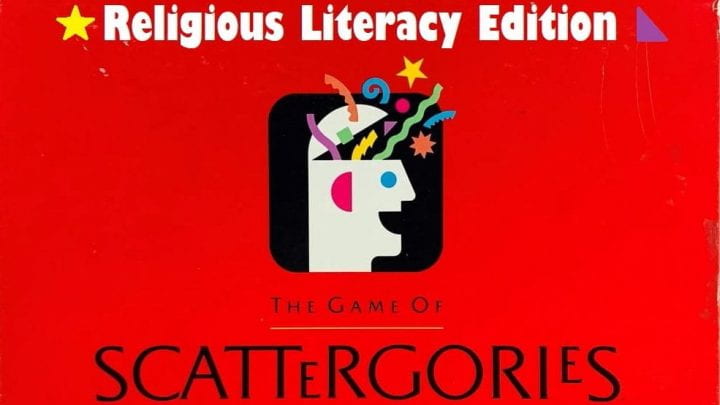
By Lauren R. Kerby
This time of year, teachers and students alike may be in need of some light-hearted fun with an educational purpose. Our religious literacy-themed Scattergories game is here to help! In each round, students list as many terms as they can think of that start with the chosen letter and exemplify a key idea of religious literacy, such as internal diversity, change over time, or cultural embeddedness.
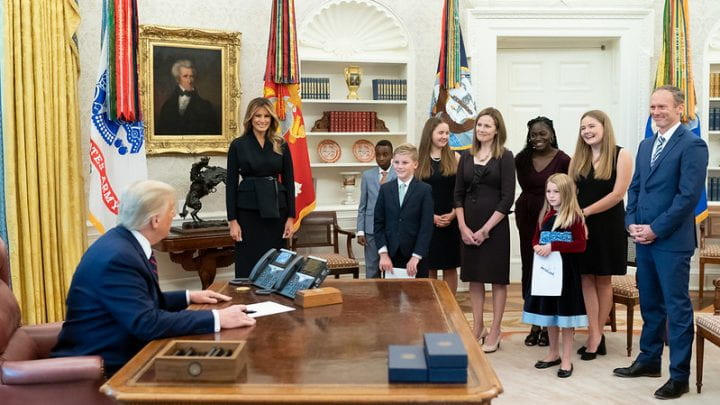
By Lauren R. Kerby and Mary Perez
When Amy Coney Barrett was nominated to the Supreme Court, her religious identity as a conservative, charismatic Catholic immediately became a subject of intense scrutiny. The public conversation about Barrett’s identity reveals the internal diversity of how American Catholics think about what it means to be a Catholic woman, mother, and even feminist. Drawing on a varied selection of recent news articles, this lesson offers an opportunity for students to 1) practice recognizing internal diversity and 2) ask new questions about a topic as a result.
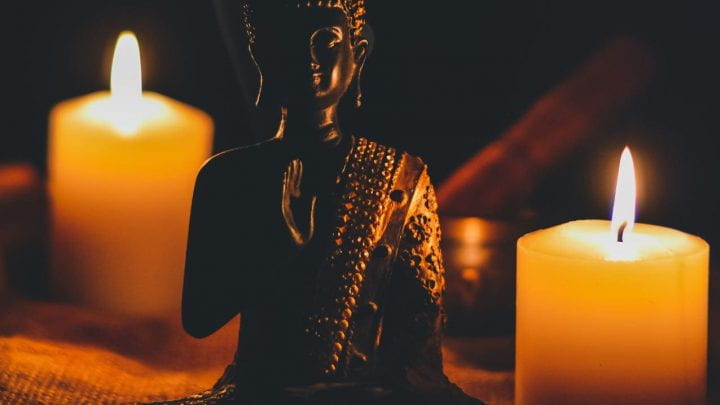
By Nicholas Scrimenti
This lesson illustrates the key principles of internal diversity, historical change, and cultural embeddedness using Erik Braun’s article about Burmese meditation vis-à-vis British colonialism. The story of how British colonialism in Burma shaped the way meditation was taught and practiced in Burma, as well as its subsequent export to the United States, is a clear object-lesson in the tenets of religious literacy.

By Lauren R. Kerby
On September 8-9, 2020, academics across the country, including faculty and staff at the Religious Literacy Project, are participating in teach-ins for racial justice known as the #ScholarStrike. I assigned these readings from James Baldwin, Patricia Hill Collins, and Tressie McMillan Cottom to my students at Harvard Divinity School to start our semester studying the history of education and religion in the U.S. For others interested in these questions, I offer them as resources for thinking about how critical pedagogy can serve the goals of racial justice.

By Lauren R. Kerby
On September 8-9, 2020, academics across the country, including faculty and staff at the Religious Literacy Project, are participating in teach-ins for racial justice known as the #ScholarStrike. As part of our contribution, we offer this lesson plan about American Christians’ responses to Donald Trump and the George Floyd protests as a resource for teachers seeking ways to connect religion and race in their discussions of current events.
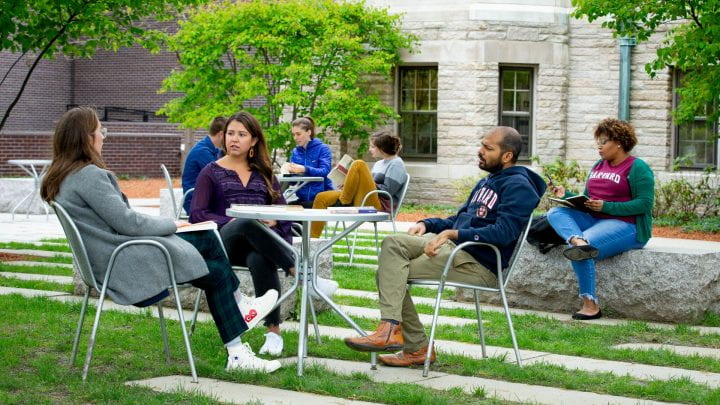
By Lauren R. Kerby
At the Religious Literacy Project, a fundamental component of how we teach about religion is what we call the nondevotional approach. For many people, this is a new way of talking about religion. Unless you’ve taken a religious studies class, you may have never been asked to observe and discuss religion in this way. And it can be confusing! But one thing that can help is to focus on what kind of conversation you want to have.
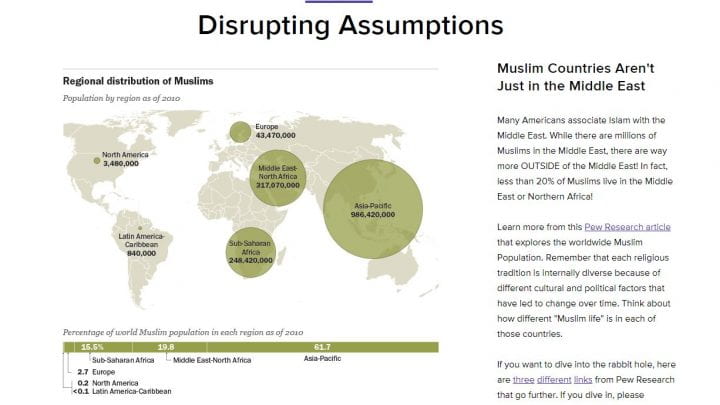
By Sean Radcliff
When I set out to teach a class on the “major world religions,” I knew that so much would have to end up on the cutting room floor. I knew that I’d have to be efficient in order to cover the “most important aspects” of each religion. With that in mind, I planned out my whole year in advance – something I had never done before. I’d have 12 blocks of 90 minutes each to teach about Islam. It still wasn’t a lot of time, but I organized what I thought was a really solid unit. But as we were getting close to finish the 3rd quarter of the student year, COVID-19 disrupted all of my plans.

By Kristofer Rhude
As we prepare for the next school year, it is likely that many teachers will be returning to an online format. Here at HDS, we will be online again ourselves. The RLP has experience creating online classrooms through Harvard Extension and HX for several years, and we are here to support you as you rethink what it means to teach in this new way. We’ve put together a few preliminary thoughts for you to consider as you prepare for next year, and we welcome further conversation.
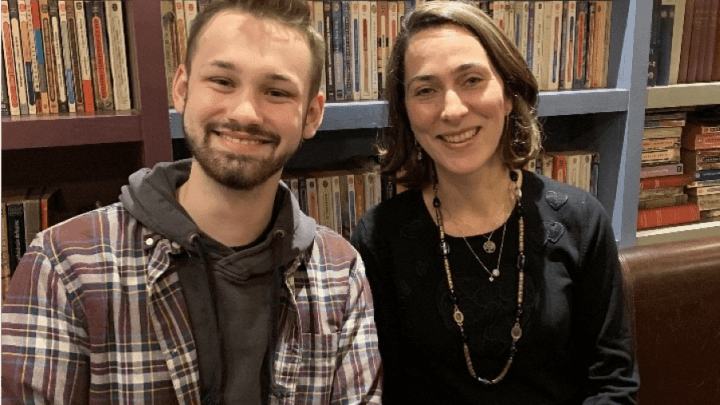
By Mitchell Rutledge
Mitchell Rutledge is a graduate of Prospect High School in Mount Prospect Illinois, where he was a student of Religious Literacy Project Education Fellow John Camardella. Here he shares an experience of meeting Kahina Bahloul, founder of a women’s mosque in Paris. After learning about her work in his high school world religions class, Mitchell was eager to hear more and what religious literacy looked like beyond the classroom.
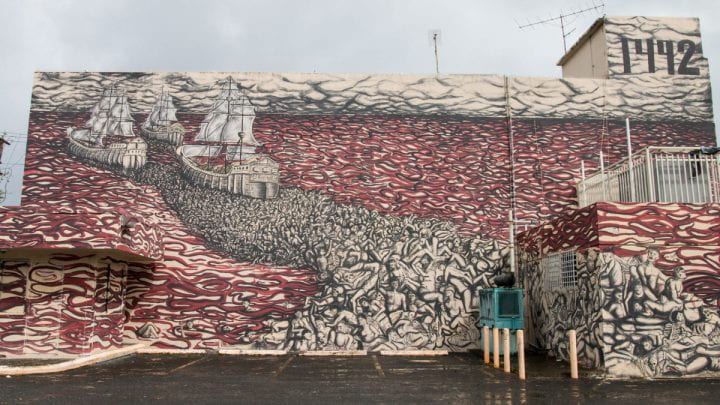
By Lauren R. Kerby
This lesson uses two different images of Christopher Columbus to challenge students to move beyond how they may have been taught to think about violence and peace. It asks them to identify cultural violence and cultural peace in images that may challenge what they think of as violent or peaceful. It also offers suggestions for how to connect these ideas to current events, including Black Lives Matter.